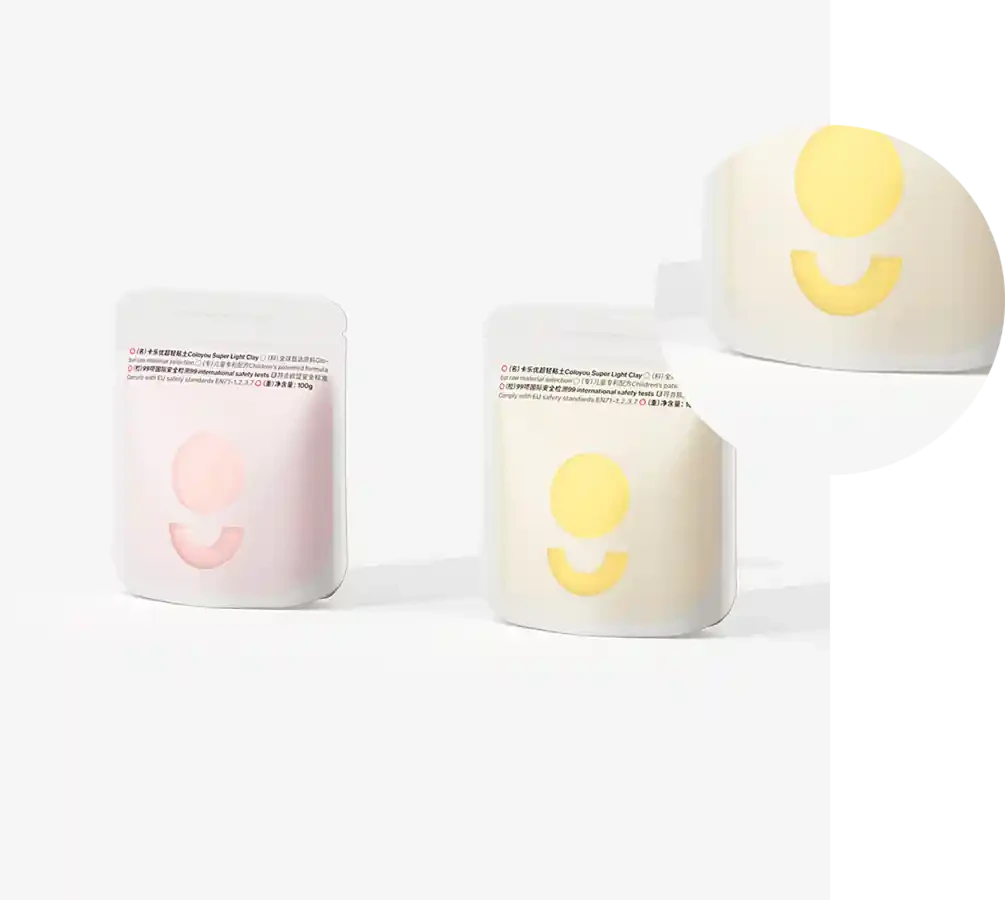- Afrikaans
- Albanian
- Amharic
- Arabic
- Armenian
- Azerbaijani
- Basque
- Belarusian
- Bengali
- Bosnian
- Bulgarian
- Catalan
- Cebuano
- chinese_simplified
- chinese_traditional
- Corsican
- Croatian
- Czech
- Danish
- Dutch
- English
- Esperanto
- Estonian
- Finnish
- French
- Frisian
- Galician
- Georgian
- German
- Greek
- Gujarati
- haitian_creole
- hausa
- hawaiian
- Hebrew
- Hindi
- Miao
- Hungarian
- Icelandic
- igbo
- Indonesian
- irish
- Italian
- Japanese
- Javanese
- Kannada
- kazakh
- Khmer
- Rwandese
- Korean
- Kurdish
- Kyrgyz
- Lao
- Latin
- Latvian
- Lithuanian
- Luxembourgish
- Macedonian
- Malgashi
- Malay
- Malayalam
- Maltese
- Maori
- Marathi
- Mongolian
- Myanmar
- Nepali
- Norwegian
- Norwegian
- Occitan
- Pashto
- Persian
- Polish
- Portuguese
- Punjabi
- Romanian
- Russian
- Samoan
- scottish-gaelic
- Serbian
- Sesotho
- Shona
- Sindhi
- Sinhala
- Slovak
- Slovenian
- Somali
- Spanish
- Sundanese
- Swahili
- Swedish
- Tagalog
- Tajik
- Tamil
- Tatar
- Telugu
- Thai
- Turkish
- Turkmen
- Ukrainian
- Urdu
- Uighur
- Uzbek
- Vietnamese
- Welsh
- Bantu
- Yiddish
- Yoruba
- Zulu
tube boxes
The Versatility and Utility of Tube Boxes
In the world of packaging, creativity and functionality go hand in hand, and one design that has gained popularity for its unique shape and practicality is the tube box. Tube boxes, often cylindrical or elongated in form, provide an innovative solution to packaging challenges across various industries, from cosmetics to food and beverages. This article explores the versatility and usefulness of tube boxes, highlighting their benefits and applications.
The Design and Structure of Tube Boxes
Tube boxes are typically made from materials such as cardboard, paperboard, or sometimes even metal. Their cylindrical shape makes them both eye-catching and efficient for storage and transportation. The design allows for easy stacking, minimizes wasted space, and provides a sturdy protective shell for the contents inside. Because of their unique shape, tube boxes can be used for a wide range of products, including skincare items, gourmet treats, and even specialty teas.
One of the significant advantages of tube boxes is their customization potential. Brands can easily alter the size, color, and branding elements of the box to align with their identity. The ability to print high-quality graphics and vibrant colors on the surface not only enhances aesthetic appeal but also helps in marketing the product effectively. Eye-catching designs can grab consumers' attention on shelves, making tube boxes an excellent choice for brand differentiation.
Applications Across Industries
The cosmetic industry has particularly embraced tube boxes for packaging products like lotions, serums, and perfumes. Their elegant appearance aligns well with luxury branding, while their sturdiness ensures that fragile contents remain secure during transit. Moreover, the circular shape can add an element of sophistication to the product, making it more enticing to potential buyers.
tube boxes

In the food industry, tube boxes are increasingly popular for packaging snacks, candies, and specialty foods. They are not only visually appealing but also functional, making it easy for consumers to access the product while keeping it fresh. For instance, a tube box filled with gourmet popcorn can stand out on store shelves, captivating customers with its vibrant design and unique format.
Similarly, tube boxes have found their way into the tea market. Many tea brands utilize cylindrical packaging as it allows for easy storage, transport, and display. The design is practical for both retailers and consumers; the boxes can be neatly stacked in a pantry or a store, drawing attention with their colorful branding and informative labels. Additionally, tube boxes effectively protect the delicate leaves from moisture and light, ensuring the tea remains fresh for a more extended period.
Environmental Considerations
In an era where sustainability is paramount, tube boxes can also be designed with eco-friendly materials. Brands are increasingly opting for recycled and biodegradable materials to align with consumer preferences for sustainable products. This not only reduces the environmental impact of packaging but also resonates with a growing demographic of environmentally conscious consumers who seek responsible purchasing options.
Conclusion
In summary, tube boxes encapsulate the essence of modern packaging—combining aesthetic appeal, functionality, and sustainability. Their versatility allows for a wide array of applications across various industries, making them an attractive option for brands looking to elevate their product presentation. As consumers become more discerning about packaging, the demand for innovative solutions like tube boxes is expected to grow. By embracing this unique packaging format, businesses can not only enhance their product’s appeal but also contribute positively to the environment and consumer experience.













